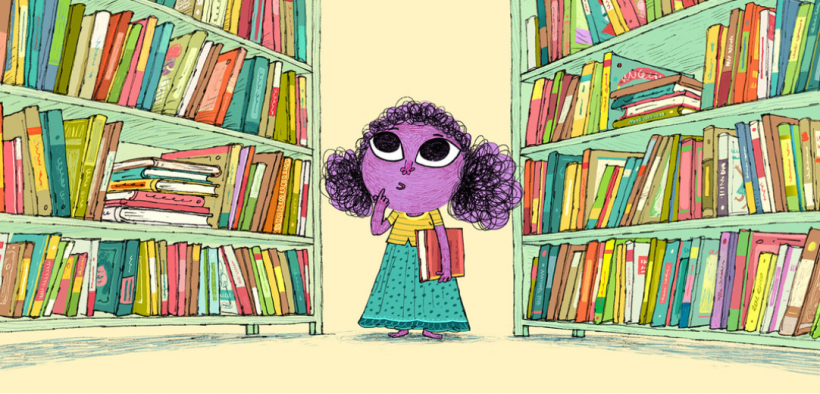Children’s books in a post-lockdown world: what has changed?


Illustration from A Book for Puchku, written by Deepanjana Pal and illustrated by Rajiv Eipe
The Community Library Project (TCLP) is not unknown to people in the publishing industry, and like many community libraries that rely on footfall, it was hit hard by the pandemic. Over the years, Pratham Books has cultivated a strong relationship with TCLP, so we decided to get together with the folks at TCLP to discuss how the pandemic affected children’s reading habits and what children expect from the books they read.
When the country entered the first phase of the lockdown, TCLP launched the Duniya Sabki programme — a digital repository of storybooks that was also circulated on WhatsApp in the form of audiobooks and video read-alouds. Though the lockdown opened up new avenues of reading, it wasn’t easy for children to access them and the few that were able to, had to adapt to a new way of accessing books.
According to Prachi Grover, TCLP’s curriculum coordinator, we don’t yet know whether young readers interact with digital books in the same way they do with physical copies. But their relationship with reading remains the same— digital or otherwise. At the end of the day, children simply want to read.
The talk with the volunteers at TCLP paved the way for a deeper understanding of how children adapted to a new way of accessing books, how the joy of reading is connected to their intellectual stimulation, and how they choose which books to read.
Reading fluency, critical thinking, and relatability
An interesting point discussed was the relationship between the joy of reading and reading fluency. According to Grover, children read with joy when they read better, with comprehension and emotion. “The freedom to reject a book, the freedom of being the reader they want to be is so important”, she said. “When we give the space to children to be able to identify who they are as readers, I think that’s when the real reading with joy starts.”
Children particularly enjoy stories that mirror reality. Zoya Chadha, who runs the Duniya Sabki programme remarked that books that feature working-class characters are popular among their readers. Children see themselves in characters like Puchku from the book A Book for Puchku, and also enjoy books that touch on topics related to natural phenomena, she said.
They want variety and are not afraid of dark, complex topics that are generally brushed under the carpet. According to TCLP co-founder Mridula Koshy, not only are children open to it, they are also hungry for it. She recalled a read-aloud session when a child questioned why parents don’t love their daughters as much as their sons. It triggered a conversation among the other children who shared similar sentiments, and this incident set the ball rolling for future read-aloud sessions to touch upon sensitive topics.
Children use these storybooks as study material and as a provocation for thinking, she said. “The minute this practice exists, the culture shifts. And children sometimes lead the way in shifting the culture.”
Children tend to perceive these stories as a reflection of the world they live in, and they find comfort in the realisation that they are not the only ones going through a troubled time at home, school, or within themselves.
Going beyond the story
The team at TCLP also noticed that when books go beyond the story in the form of activities, children enjoy the reading a lot more – as long as the activity is not testing their understanding of the story. According to Chadha, the art and craft shelf that houses activity books at the TCLP libraries are among the most popular with readers because they are getting something tangible out of the story, whether it’s something made from paper that they can hold in their hand or a yoga asana that they learnt to do by following the instructions printed in the book.
The landscape of children’s book publishing is changing along with children’s tastes, and as children grow quickly, it’s important to keep up with them. As TCLP interacts with our readers regularly, they take note of what children would like to read more of – fairy tales, folk tales, poetry, ghost, and anthropomorphic stories, to name a few.
When TCLP slowly and carefully started re-opening their libraries, the children walked in just like they used to before; and those who couldn’t be there in person benefited from the Duniya Sabki programme. Although unsurprising, it was a relief to hear that despite everything, they still wanted to read. Digital or physical, as long as there are stories, children will continue to read.
